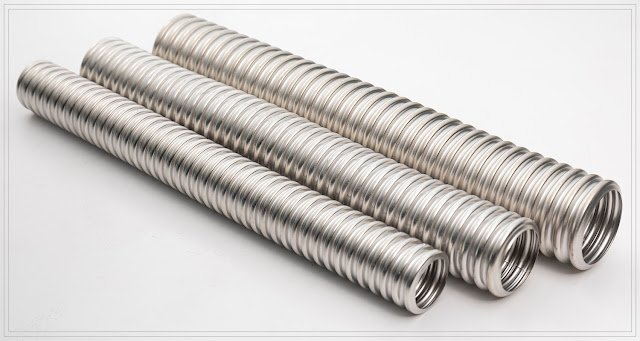What is Alloy Steel Properties And Uses Of Alloy Steel
Alloy steel is a class of steel that, in addition to carbon, is alloyed with other elements, ranging from 1 wt.% to 50 wt.%, which are used to enhance the material’s various properties
Alloy steel is a steel which has had small amounts of one or more elements (other than carbon) such as such as manganese, silicon, nickel, titanium, copper, chromium and aluminum in addition. This creates an alloy which has specific properties that are not found in carbon steel. Alloy steels are workhorses of many industries because of their low cost, extensive availability, ease of processing, and mechanical properties. So what are these properties?
These elements commonly include manganese, nickel, chromium, molybdenum, vanadium, silicon, and boron. Less common elements include aluminum, cobalt, copper, cerium, niobium, titanium, tungsten, tin, zinc, lead, and zirconium.
There are multiple subcategories of alloy steel. These include:
- Low-alloy steel
- High-strength low alloy (HSLA) steel
- High-alloy steel
- Stainless steel
- Microalloyed steel
- Advanced high-strength steel (AHSS)
- Maraging steel
- Tool steel
Low alloy steels generally contain less than 8 wt.% non-iron elements, whereas high-alloy steels contain more than 8 wt.% non-iron elements. Both typically have superior mechanical properties in comparison to carbon steels
Properties of alloy steel
Alloy steels can contain a wide variety of elements, each of which can enhance various properties of the material, such as mechanical thermal and corrosion resistance. Elements added in low quantities of less than around 5 wt.% tend to improve mechanical properties, for example increasing hardenability and strength, whereas larger additions of up to 20 wt.% increase corrosion resistance and stability at high or low temperatures
Production & processing
The alloying and processing methods for alloy steel depend on the desired result. The required combination of elements is first melted together in a furnace at over 1600°C for 8 to 12 hours. The steel is then annealed at over 500°C in order to remove impurities and to alter the physical and chemical properties.
Next, mill scale (a mixture of iron oxides), which results from the annealing process, is removed from the surface of the steel with hydrofluoric acid before repeating the annealing and descaling process. Finally, the steel is melted and cast into for rolling and shaping into the final form.
Applications & examples
As the term alloy steel encompasses numerous types of steel, its application area is broad.
Low alloy steels are used in a wide range of industries due to their extreme strength, machinability, cost-effectiveness and availability. They are found in military vehicles, construction equipment, ships, pipelines, pressure vessels oil drilling platforms and in structural components.
High-alloy steels can be expensive to manufacture and difficult to process. Nevertheless, their superior hardness, toughness and corrosion resistance make them ideal for structural components, automotive applications, chemical processing and power generating equipment.




Comments
Post a Comment